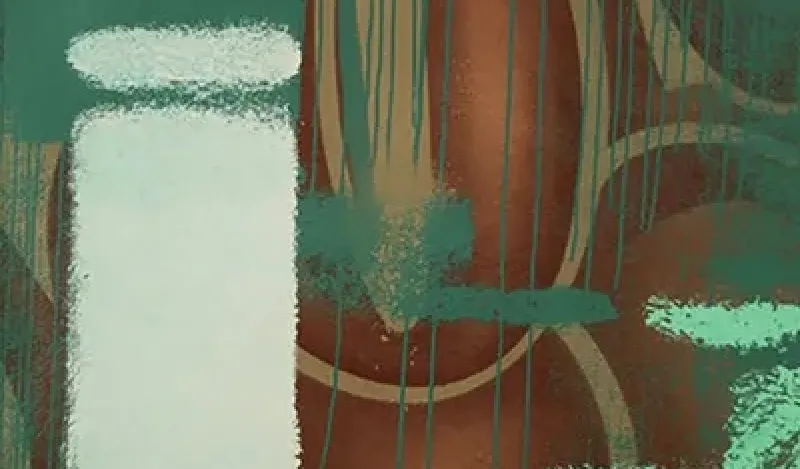
MEDIA ADVISORY:
North Hennepin Community College to Unveil “An Authentic Truth” Mural on September 21
Mural recognizes college’s commitment as a Truth, Racial Healing & Transformation Campus Center
On September 21, North Hennepin Community College will unveil “An Authentic Truth,” the third of a 3-part mural commission to recognize North Hennepin Community College’s work from participating in the Truth, Racial Healing & Transformation Institute in 2020. In November 2022, the American Association of Colleges and Universities (AAC&U) recognized North Hennepin as a Truth, Racial Healing & Transformation (TRHT) Campus Center, one of more than 50 nationwide that prepare the next generation of leaders to break down systemic racism and dismantle belief in a hierarchy of human value. NHCC is one of three higher education institutions and the only community college in Minnesota, designated as a TRHT Campus Center.
"Payton is an artist we dreamed of showcasing on our campus. His availability and interest in creating the mural was a gift,” said Kathy Hendrickson. “’An Authentic Truth’ has found a home. We are beyond thrilled!”
Mural Unveiling Event
“An Authentic Truth” by artist Payton Scott Russell
Thursday, September 21, 4-5 p.m.
North Hennepin Community College
Center for Business & Technology Lobby (CBT 195)
Accessible via East Parking Lot off 85th Ave N, Door #12
Speakers:
- Dr. Eda Watts, Associate Vice President for Equity and Inclusion
- Kathy Hendrickson, Interim Director of Community Impact
- Payton Scott Russell, Artist
The event is free and open to the community. Refreshments will be served.
“An Authentic Truth” by Peyton Scott Russell, Artist Statement
“An Authentic Truth” is a concept and an idea to make art in a technique I call Plein Aire Graffiti. I am using methods of traditional Plein Air painting (open-air painting) and combining it with traditions of Graffiti (markings on a surface) and Street Art expressions. In doing so, I’m disrupting both creative practices. Plein Air paintings are typically landscape paintings painted outdoors on canvas and easels with oils and/or acrylic paints. Graffiti/Street Art is usually done anonymously, without permission, during the cover of night with a focus on letters, names, and messages painted with spray paint.
In my practice, I am painting on an easel (JamWall™) and canvas during daylight hours in full public view, on highly populated street corners, open lots, boulevards, fields, etc., and painting traditional Graffiti Art motifs of stylized letterforms. It's a performance piece, where anyone may watch and witness the art being created. Once I’m finished, the art may stay in place for a few hours or overnight for public viewing and/or drying time. Canvases are reclaimed later and prepped for gallery exhibitions.
I’m not painting in the traditional technique of Plein Air because I’m not painting a landscape. I am painting in the aesthetics of Graffiti, but in full public view, on my own setup without trespassing and committing illegal acts. I’m disrupting both crafts and creating a new concept, style, and idea of art that expresses the action of painting, a performance, and public attention in a pop-up style event. People may witness graffiti painted right in front of them or see the result during an art show.
I am also introducing an abstract element to this work. As I exercise Graffiti Writing techniques on canvas, I also erase parts of it by a process called The Buff. The erasure of graffiti is usually done by city officials, property owners, and/or vigilantes covering unwanted graffiti markings. Once graffiti has been Buffed, it often resembles scars on a wall. The patchwork of off-tone paints that do not match the original wall color, reminds me of Abstract Expressionistic artists like Rothko, Newman, Hoffman, Motherwell, Still, and Frankthaler. This was my favorite art movement that I studied while attending the School of the Art Institute of Chicago (1987-1991).
Using an abstract painting element (The Buff) introduces another disruption that challenges the intent of Graffiti Writing and the process of landscape Plein Air while simultaneously pushing graffiti to be seen as fine art and Plein Air techniques to be used as Street Art.
All of these things are what i love about the expressive intent of art. I’m crashing them together in a practice I call, Plein Aire Graffiti.